Learning Guide
WOOD WIDE WEB: REDWOODS
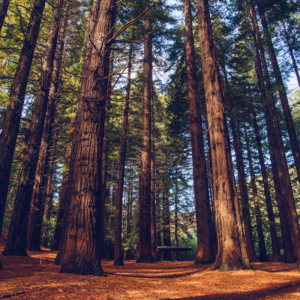
From the Te Hau Valley rises a large grove of California redwoods (Sequoia sempervirens), standing over 40 metres high. These redwoods were purchased from the NZ Forest Service in 1926 (for 1 pound 10 shillings) and planted by the Chambers family who recognised that the Hawke’s Bay climate shared similarities with that of coastal California.
The tallest living tree species on Earth, this beautiful, other-worldly grove of giants is a sanctuary for all. Another younger grove of redwoods in the Park, the Little Redwoods in Te Heu Valley, were planted in 1974 by the Hastings Rotary, propagated by Don Wilson, nurseryman of Hastings, from seeds imported from California.
A variety of species call the redwoods home from organisms like slaters, beetles, worms and spiders to birds like the pīwakawaka, tūī, tauhou (waxeye), and kererū (New Zealand pigeon).
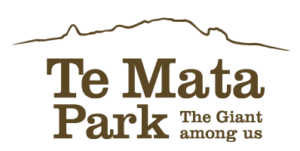

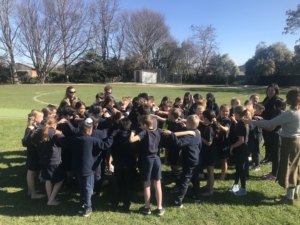
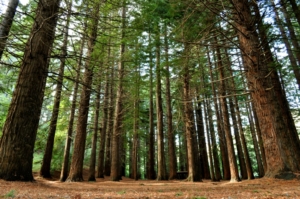
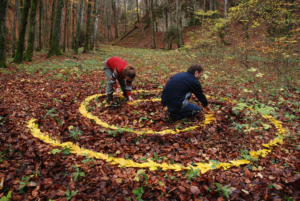
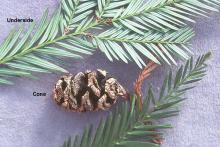
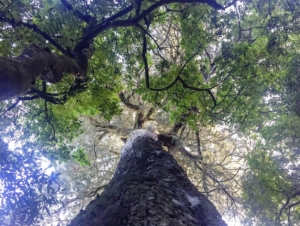
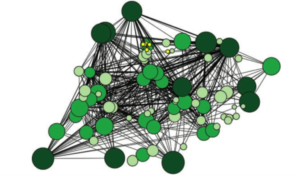
 Five times winner of the prestigious international green space award.
Five times winner of the prestigious international green space award. Source: Mike Lusk
Source: Mike Lusk Source: Mike Lusk
Source: Mike Lusk